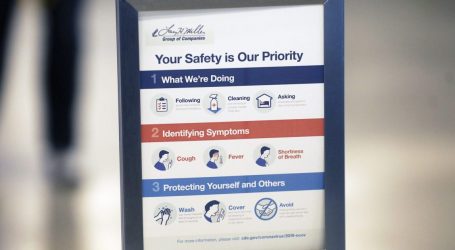Drug Overdoses Hit a Record High in 2017
Kelli Lane and Mary Randol grieve the loss of Randol’s son, Dustin Billings, to an overdose in Indiana.Don Knight/The Herald-Bulletin/AP
Looking for news you can trust?Subscribe to our free newsletters.
The number of deaths from drug overdoses reached a record high of 72,000 in 2017, a 10 percent rise from the previous year, according to new provisional estimates form the Centers for Disease Control and Prevention.
The increase in deaths was driven by the prevalence of fentanyl and other potent synthetic opioids, which were involved in roughly 30,000 overdoses overdose deaths. (That number is likely an underestimate given the regional differences in how drug deaths are reported.)
The wave of overdose deaths has put strain on virtually every sphere of the public sector, including police departments, coroner’s offices, public health agencies, and foster care systems. States are tapping into the $1 billion in federal funding available for prevention and treatment, but many say that that there’s not nearly enough money to address a crisis that costs hundreds of billions of dollars annually.
However, drug policy experts are cautiously optimistic about some of the new numbers. Though overdose deaths jumped, they rose more slowly than in previous years. (Between 2015 and 2016, there was a roughly 20 percent rise in overdoses.) And some states did show decreasing numbers of overdoses—including Massachusetts, which historically had some of the highest overdose rates. The slowing of overdoses in Massachusetts may be due to the state’s multi-pronged response: It has poured resources into increasing access to evidence-based treatment and overdose reversal drug naloxone, as well as restricting the opioid prescriptions in circulation. But because the country lacks accurate data on the number of Americans addicted to opioids, it’s difficult to know which strategies are working, notes Dr. Dan Ciccarone, an epidemiologist at University of California-San Francisco.
Ciccarone suspects that the epidemic will slowly level off and decrease over time. “I don’t think we’re going to see a rapid turnaround, because we haven’t—certainly not centrally or nationally—done enough,” he says. “We’re still hoping and praying and expecting the federal government to step in because we’re really in need of greater resources in a lot of these poor areas.”





